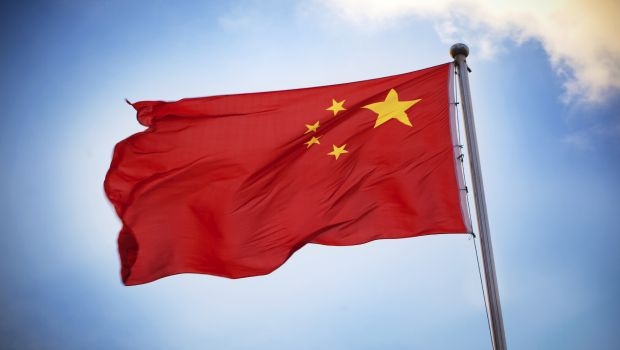The sports nutrition market in China has new regulations and standards covering raw materials, labeling and quality testing.
May 3, 2016

Sports nutrition is a relatively untapped market in China, which only has one major domestic player—the company name translates to “competitor," according to the U.S.-China Health Products Association (USCHPA). Foreign sports nutrition brands are sporadically available in China, especially online, but fakes abound.
Unauthorized selling has been a primary challenge to fully developing the sports nutrition market in China, but new regulations for cross-border e-commerce were released in October 2015. According to the English translation from USCHPA, the regulations apply to operating companies, online platform companies and firms that either warehouse or provide logistics for e-commerce fulfillment.
The cross-border regulations establish the General Administration of Quality Supervision, Inspection and Quarantine (AQSIQ) as the governing body and lay out requirements for the registration of operating companies and imported products, as well as the supervision and inspection of these companies. Health products, GMOs (genetically modified organism) and other special products may require additional approvals from other agencies.
Visit the USCHPA website to see the full cross-border e-commerce translation.
More specifically to sports supplements, China’s National Health and Family Planning Commission approved and published the renamed Food Safety National Standard, General Standard of Sports Nutrition (GB24154G2015) in November 2015, and the USCHPA finalized its translation in April 2016. The standard has a scheduled effective date of Nov. 13, 2016, at which time all imported sports nutrition products will be covered under the requirements.
The new standard defines sports nutrition as: “Specially processed food aim to satisfy the physiological metabolism status and sports ability of sports population." It further classifies sports nutrition products into several categories, including energy, energy control (weight management), and protein supplements, and includes technical information on ranges of carbohydrate, protein and fat content for each classification.
The standard further offers classification as either: “speed and strength," “endurance" or “recover from exercise" products. For each, it has mandatory ingredients: creatine for energy supplements; vitamins B1 and B2 for energy control supplements; and peptides for recovery products. Among the suggested ingredients for each classification are glutamine and HMB (beta-hydroxy-beta-methylbutyrate) for energy; peptides, L-carnitine, caffeine and vitamin B6 for energy control; and, glutamine, L-leucine, L-isoleucine and L-valine for recovery. For all of these ingredients, there are daily dosage range requirements, some of which have an associated testing method for verification.
One notable technical requirement in the standard is that raw material for sports nutrition should not be banned by the World Anti-Doping Agency (WADA).
As for potential toxicity, the standard details limits for pollutants (lead and arsenic), mycotoxins (aflatoxins), and microorganisms (Salmonella, Staphylococcus aureus).
There were no special requirements for food additives, as the standard simply requires sports nutrition products to conform to existing Chinese Standards for Food Additives (GB 2760-2015). Likewise for labeling, sports nutrition products are required to conform to the existing law, China Food Safety National Standard, general Rules for the Labeling of Prepackaged Food for Special Dietary Uses (GB 13432-2013), however there is a special requirement for sports nutrition products to be identified on a" main area of the label."
The new sports nutrition standard outlines quality and testing requirements for creatine monohydrate, including the mandate the “mass fraction of creatine monohydrate should not be lower than 99.97 percent." It details equipment, material and procedural requirements for testing creatine samples, and spells out the calculation method for determining mass fraction.
Visit USCHPA online for more information on sports nutrition and dietary supplements in the China market.
You May Also Like




.png?width=800&auto=webp&quality=80&disable=upscale)